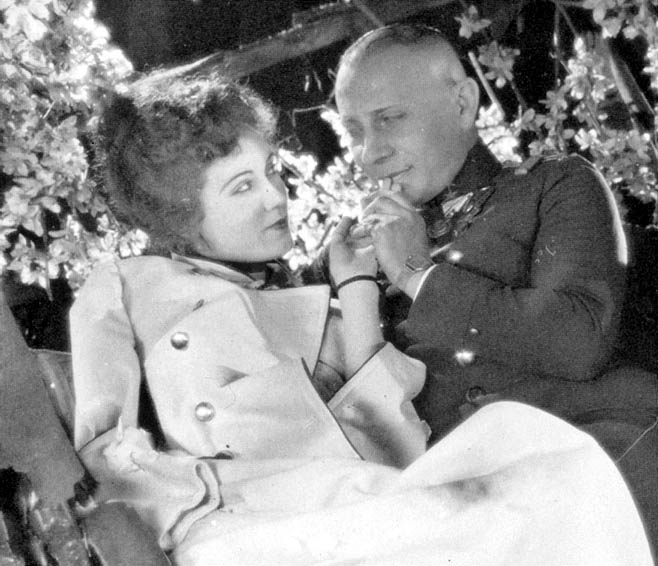
The Wedding March is, like its “creator,” uncompromising. Full of cruelty and perversion, this is not the vision of the world that the Hollywood of the 1920s projected. (Ironically, it certainly was the preferred off-screen lifestyle of the Hollywood of the 1920s.) Naivety is an alien concept, and innocence long since abandoned. And the token “happy ending”? Nowhere to be found. If this doesn’t sound like the Hollywood that you’re used to seeing, then Erich von Stroheim achieved his goal.
Read my full review of The Wedding March here at Not Coming to a Theater Near You.
http://www.notcoming.com/reviews/theweddingmarch/




